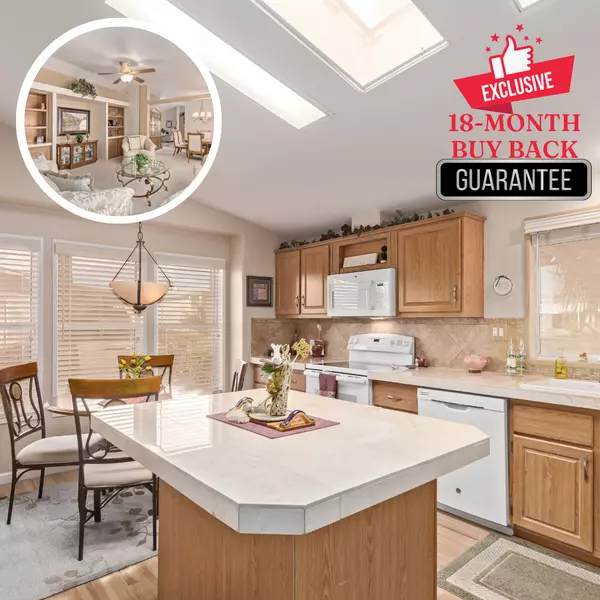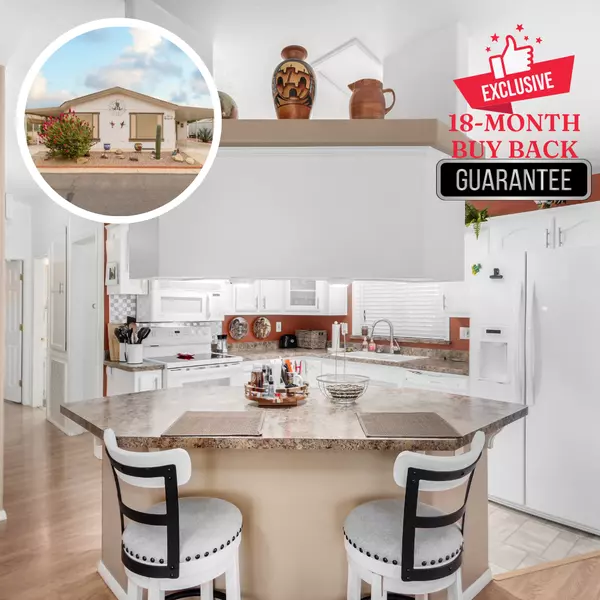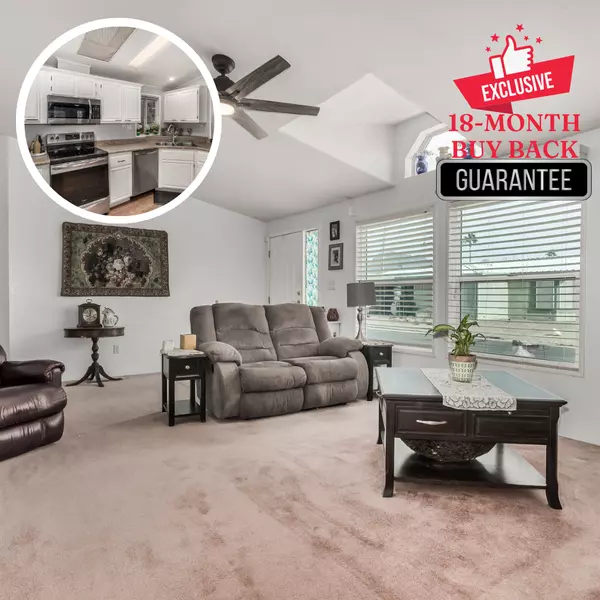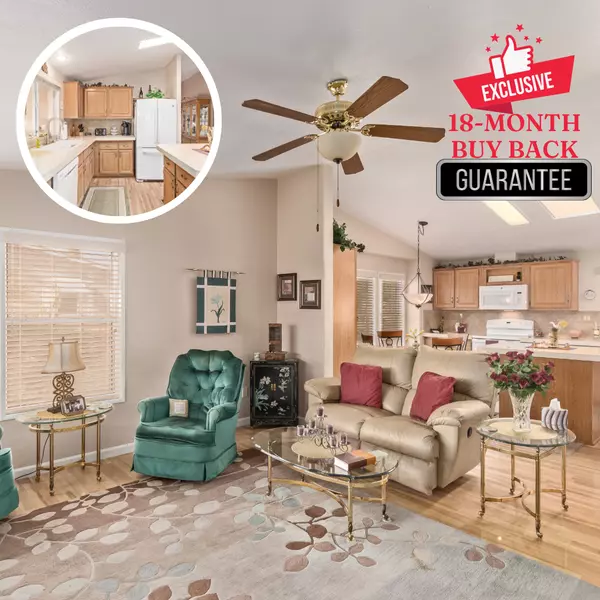Empty Nester Report
Are you an “Empty Nester” who needs a home for the future? Is it time to downsize or to move into another home more suitable for your glorious retirement years?
Like thousands of homesellers, you may be discovering that after years of non-stop child traffic in and out of your doors, toys on the floor, music floating throughout, suddenly you can hear a pin drop over the quiet hum of the refrigerator. Your rooms are filled with pictures and memories of this wonderful time in your life, but there are many empty rooms gathering dust now that your children have moved on. The freer years ahead are exciting ones to look forward to, and it may be time for you to move as well.
If you find yourself in this situation, you’re in vast and good company. And what that means is that there are many wonderful opportunities for you to create this new chapter in your life . . . if you know what it takes to get the most out of the equity you’ve built up in your current home.
To help you understand the issues involved in making such a move, and how to avoid the most common and costly mistakes most Empty Nesters make, we’ve prepared this special report to help you identify and plan for the move ahead.
Selling your home is one of the most important steps in your life. This 9 step system will give you the tools you need to maximize your profits, maintain control, and reduce the stress that comes with the homeselling process:
1. Know why you’re selling, and keep it to yourself
The reasons behind your decision to sell affect everything from setting a price to deciding how much time and money to invest in getting your home ready for sale. What’s more important to you: the money you walk away with, the length of time your property is on the market or both. Different goals will dictate different strategies.
However, don’t reveal your motivation to anyone else or they may use it against you at the negotiating table. When asked, simply say that your housing needs have changed.
2. Do your homework before setting a price
Settling on an offering price shouldn’t be done lightly. Once you’ve set your price, you’ve told buyers the absolute maximum they have to pay for your home, but pricing too high is as dangerous as pricing too low. Remember that the average buyer is looking at 15-20 homes at the same time they are considering yours. This means that they have a basis for comparison, and if your home doesn’t compare favorably with others in the price range you’ve set, you won’t be taken seriously by prospects or agents. As a result, your home may sit on the market for a long time and, knowing this, new buyers will think there must be something wrong with your home.
3. Find Out What Other Homes are Selling For
(In fact, your agent should do this for you). Find out what comparable homes in your own and similar neighborhoods have sold for in the past 6-12 months, and research what current homes are listed for. That’s certainly how prospective buyers will assess the worth of your home.
4. Find a “good” real estate agent to represent your needs
Nearly three-quarters of homeowners claim that they wouldn’t use the same realtor who sold their last home. Dissatisfaction boils down to poor communication which results in not enough feedback, lower pricing and strained relations.
5. Maximize your home’s sales potential
Each year, corporate North America spends billions on product and packaging design. Appearance is critical, and it would be foolish to ignore this when selling your home.
You may not be able to change your home’s location or floor plan, but you can do a lot to improve its appearance. The look and feel of your home generates a greater emotional response than any other factor. Before a showing clean like you’ve never cleaned before. Pick up, straighten, unclutter, scrub, scour and dust. Fix everything, no matter how insignificant it may appear. Present your home to get a “wow” response from prospective buyers. Allow the buyers to imagine themselves living in your home. The decision to buy a home is based on emotion, not logic. Prospective buyers want to try on your home just like they would a new suit of clothes. If you follow them around pointing out improvements or if your decor is so different that it’s difficult for a buyer to strip it away in his or her mind, you make it difficult for them to feel comfortable enough to imagine themselves an owner.
6. Make it easy for prospects to get information on your home
You may be surprised to know that some marketing tools that most agents use to sell homes (eg. traditional open houses) are actually not very effective. In fact only 1% of homes are sold at an open house.
Furthermore, the prospects calling for information on your home probably value their time as much as you do. The last thing they want to be subjected to is either a game of telephone tag with an agent, or an unwanted sales pitch. Make sure the ads your agent places for your home are attached to a 24 hour prerecorded hotline with a specific ID# for your home which gives buyers access to detailed information about your property day or night 7 days a week without having to talk to anyone. It’s been proven that 3 times as many buyers call for information on your home under this system. And remember, the more buyers you have competing for your home the better, because it sets up an auction-like atmosphere that puts you in the driver’s seat.
7. Know your buyer
In the negotiation process, your objective is to control the pace and set the duration. What is your buyer’s motivation? Does s/he need to move quickly? Does s/he have enough money to pay you your asking price? Knowing this information gives you the upper hand in the negotiation because you know how far you can push to get what you want.
8. Make sure the contract is complete
For your part as a seller, make sure you disclose everything. Smart sellers proactively go above and beyond the laws to disclose all known defects to their buyers in writing. If the buyer knows about a problem, s/he can’t come back with a lawsuit later on.
Make sure all terms, costs and responsibilities are spelled out in the contract of sale, and resist the temptation to diverge from the contract. For example, if the buyer requests a move-in prior to closing, just say no. Now is not the time to take any chances of the deal falling through.
9. Don’t move out before you sell
Studies have shown that it is more difficult to sell a home that is vacant because it looks forlorn, forgotten, simply not appealing. It could even cost you thousands. If you move, you’re also telling buyers that you have a new home and are probably highly motivated to sell fast. This, of course, will give them the advantage at the negotiating table.
Categories
- All Blogs (149)
- apache junction (22)
- arizona (58)
- best realtor (58)
- blog (119)
- charity (29)
- dream homes team (119)
- foundation (31)
- gilbert (57)
- Heidi Spielman (119)
- home (118)
- home buyers (116)
- home sellers (112)
- homeownership (111)
- house (117)
- kids (33)
- mesa (57)
- mortgage rate (99)
- moving plans (101)
- phoenix (57)
- real estate (117)
- referrals (31)
- top realtor (58)
- your home sold guaranteed realty (113)
Recent Posts










GET MORE INFORMATION
Team Leader | License ID: SA648938000

